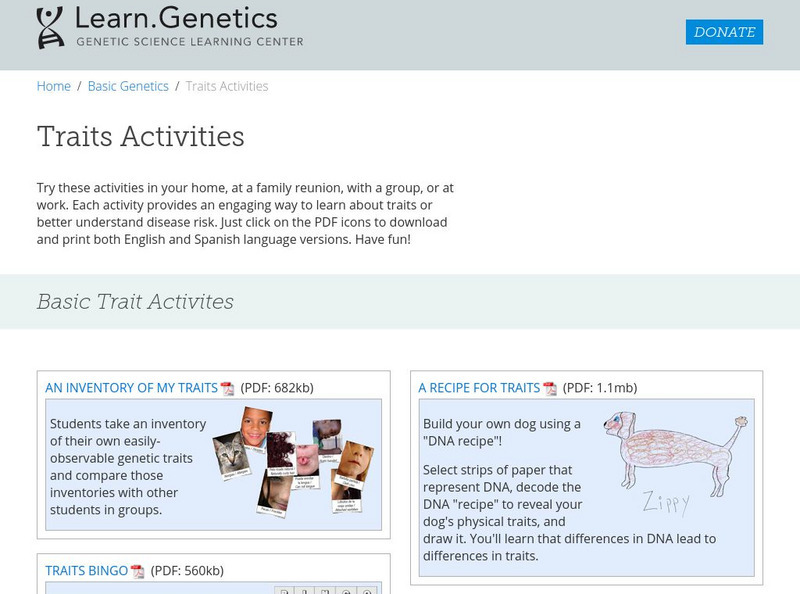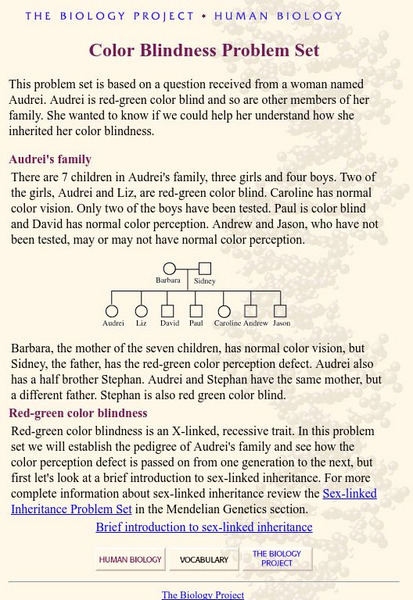Curated OER
Evolution
In this evolution worksheet students complete a crossword puzzle by answering questions about the environment, evolution and populations.
Curated OER
Lesson 16: DNA Technology
Students research different areas of biotechnology. In this biology lesson, students create a presentation about their research. They debate the topic presented and share their views on the subject.
Curated OER
Natural Selection and the Peppered Moth
Students study natural selection and its process in the peppered moth. In this evolution lesson, students read about the concept of natural selection as suggested by Charles Darwin. Students then complete a natural selection simulation...
Curated OER
What's That? Diversity Among Organisms
Seventh graders can go outside and explore the organisms that live in the environment outside their door. This is a wonderful opportunity for students to examine the world around them with a new perspective. This activity will increase...
Curated OER
Blue Genes: Affect Your Life!
Students, in groups, research, analyze and synthesize information on genetic diseases. After watching a video on genetics, groups perform research on a variety of genetic diseases and present their findings to the class.
Curated OER
Pets: Oh Behave
Students develop an understanding of how innate and learned behaviors and the environment determine behavior.
Curated OER
Dinosaurs 1: Where Are the Dinosaurs?
Students explore dinosaurs. In this dinosaur identification lesson, students watch video clips for different dinosaurs from the Discovery Kids website. Students discuss the clips with their teacher. Students may then role play the...
Curated OER
Born of Blood
Eighth graders use a large Punnett Square and infer how genes determine blood types. In this blood type instructional activity students predict blood types and demonstrate how Punnett Squares are related to genes and...
Curated OER
Designer Genes
High schoolers view a video on DNA. They discuss mitosis, meiosis and fertilization. They use strips of paper to simulate fertilization and analyze the genotype and phenotype of the combined chromosomes.
Curated OER
Defining Culture
Second graders define the term culture and are exposed to a variety of cultures from around the world. They read books, play Native American games, develop a class book that examines their own culture and, after examining currencies from...
McGraw Hill
Glencoe Biology: Patterns of Human Inheritance: Self Check Quiz
A quick, five question multiple-choice quiz assessing the basic patterns of human inheritance.
Trinity University
Trinity University: Inherited Traits Versus Learned Behaviors [4Th Grade]
In this extremely detailed unit, students will learn the about innate and learned characteristics in animals and humans through a series of teacher and student-led discussions, readings, reflections, learning activities, and...
Open Curriculum
Open Curriculum: Human Inheritance
This illustrated article describes the difference between a genetic trait and a genetic disease/disorder.
McGraw Hill
Glencoe Biology: Complex Patterns of Inheritance: Self Check Quiz
A quick, five question multiple-choice quiz assessing complex patterns of human inheritance.
Center for Innovation in Engineering and Science Education, Stevens Institute of Technology
Ciese: Human Genetics Project: Is the Dominant Trait Most Prevalent?
Human-Genetics: A Worldwide Search for the Dominant Trait allows you to collect data and share your results with students around the world. Register your class, complete the student survey, participate in discussion boards, and interact...
University of Utah
University of Utah: Genetic Science Learning Center: Traits Activities
A collection of genetic learning activities provides an engaging way to learn about traits, or better understand disease risk.
The Association of the British Pharmaceutical Industry
Abpi: Genes and Inheritance
A complete, student-paced lesson on genetics and inheritance. Students work their way through illustrations and animated tutorials, and answer review questions along the way. There is a self-checking quiz at the end of the lesson.
BiologyWise
Biology Wise: Dominant and Recessive Traits in Humans
Explains what dominant and recessive traits are and how they work, and provides a list of single gene traits with the degree of manifestation if they are dominant or recessive. Also discusses co-dominance, incomplete dominance, polygenic...
University of Arizona
The Biology Project: Human Biology: Human Genetics Problem Set
A set of sixteen multiple-choice questions. Once solved, incorrect answers are linked to tutorials to help solve the problem.
BiologyWise
Biology Wise: Interesting Aspects of Human Genetics
Provides an overview of the field of human genetics, how it began with Mendel's work, some basic genetic principles, how genetic disorders are transmitted, and how physical characteristics are inherited.
National Institutes of Health
National Center for Biotechnology Information: Pedigree Analysis
This ebook discusses the topic of human pedigree analysis, a type of genetic science used to determine inherited characteristics.
CK-12 Foundation
Ck 12: Biology: Mendelian Inheritance in Humans
[Free Registration/Login may be required to access all resource tools.] Covers Mendelian inheritance of autosomal and sex-linked traits in humans.
Lumen Learning
Lumen: Boundless Psychology: Nature vs. Nurture
Study what roles genetics and the environment play in human behavioral development. This is a learning module which includes the reading assignment, a quiz, and PowerPoint program.
University of Arizona
The Biology Project: Human Biology: Color Blindness Problem Set
This problem set is based on a question received from a woman with red-green color blind as well as other members of her family. She wanted to know if we could help her understand how she inherited her color blindness.



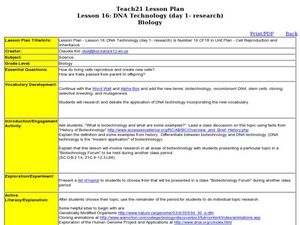



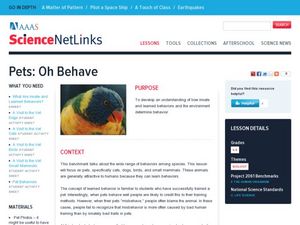


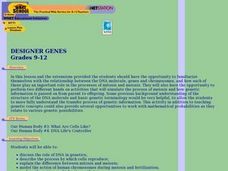
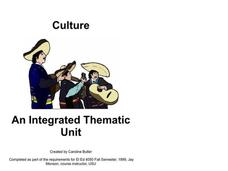
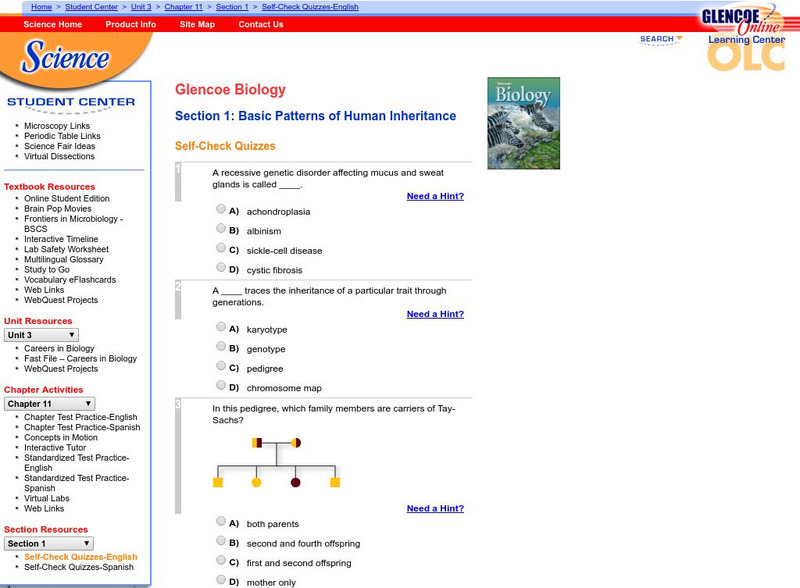
![Trinity University: Inherited Traits Versus Learned Behaviors [4Th Grade] Lesson Plan Trinity University: Inherited Traits Versus Learned Behaviors [4Th Grade] Lesson Plan](https://d15y2dacu3jp90.cloudfront.net/images/attachment_defaults/resource/large/FPO-knovation.png)



